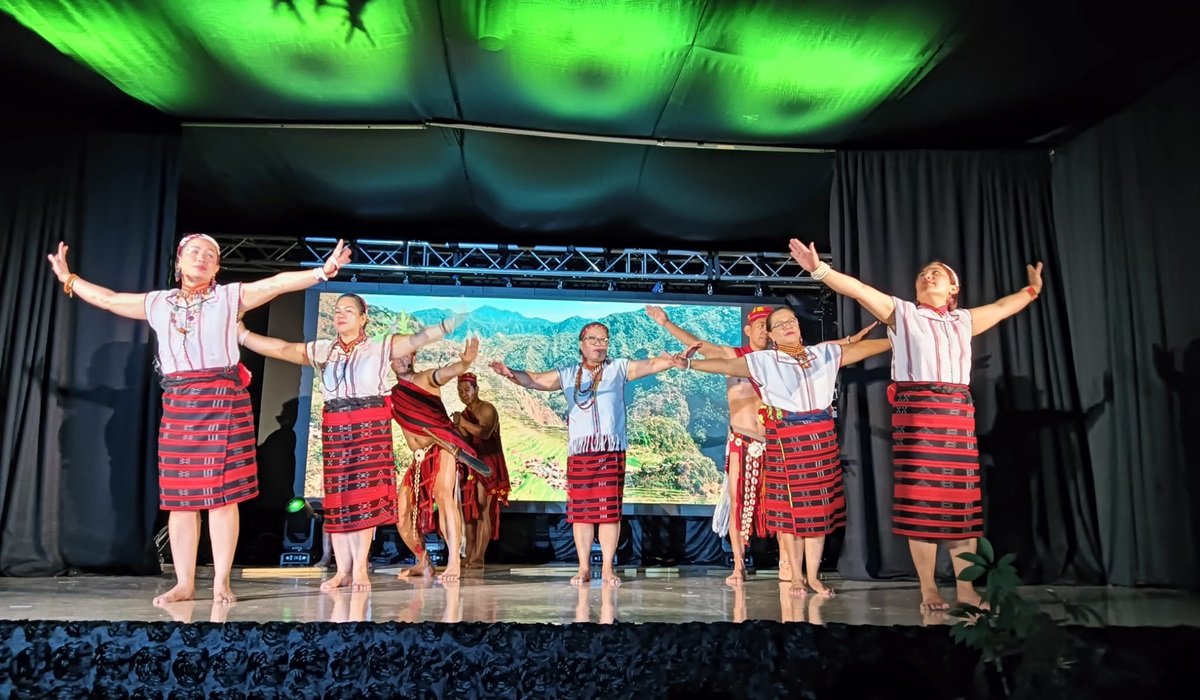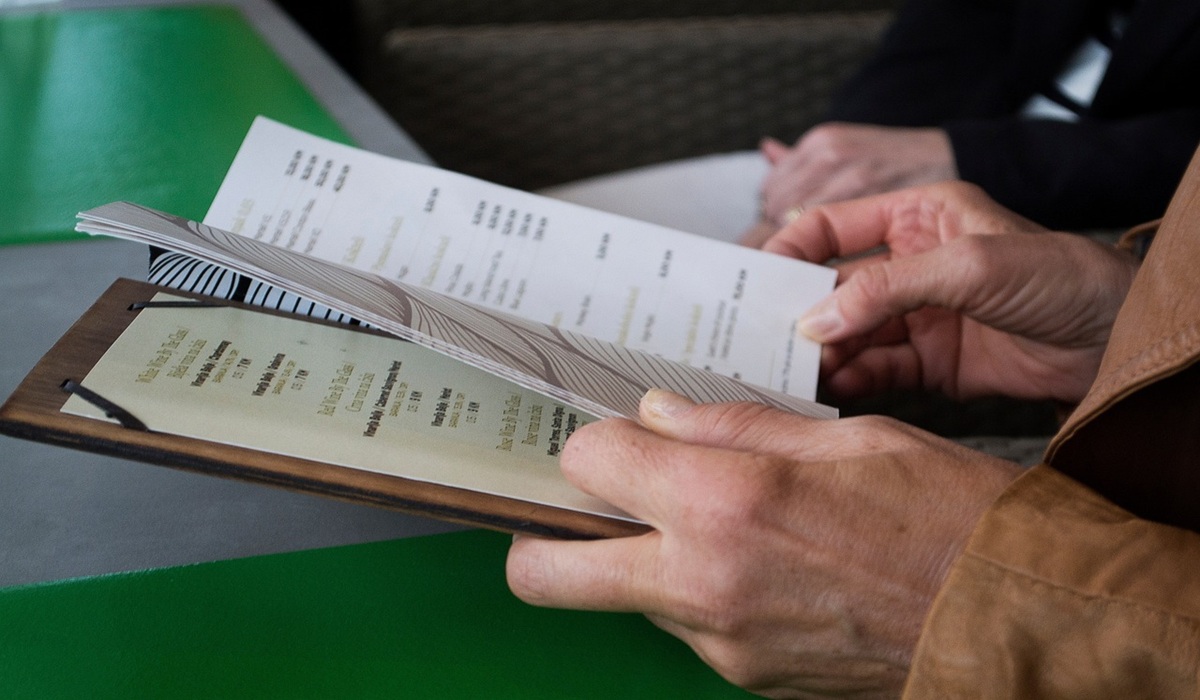A Grand Debut: The Mabuhay Philippine Pavilion Opens Its Heart to Winnipeg
- TDS News
- Entertainment
- Western Canada
- August 4, 2025

From the moment you stepped into the Mabuhay Philippine Pavilion on its inaugural opening day, you were transported thousands of miles away — as if you’d suddenly been whisked to the vibrant islands of the Philippines. The air itself seemed perfumed with the sweet, rich aromas of simmering pansit, adobo, shish kebob, and sweet and sour fish fillet tossed with delicate vegetables. Each bite was a revelation, sending your taste buds into a frenzy and leaving you yearning for more. This was food that told stories — food that spoke of grandmothers, of fiestas, of centuries of heritage with every spoonful.
But what truly set this pavilion apart — and elevated it beyond even the warmest halls of Southern hospitality — was the overwhelming sense of welcome that met you at the door. Smiling volunteers, their pride glowing in every handshake and greeting, made you feel like family from the very first moment.
Then there were the costumes — oh, the costumes! Bursting with color, sparkling with beadwork, meticulously embroidered — each ensemble told the history of a region, a people, a way of life. You could almost hear the rustling of the coconut palms and smell the sea breeze from the islands in the threads themselves.
As you found your seat, the lights dimmed, and the show began — and what a show it was. A narrator appeared on stage, her voice carrying the rhythm and warmth of generations of Filipino storytelling. She guided the audience gently, weaving a tale, dance by dance, memory by memory. Each performance flowed into the next like chapters in a living book, each with its own energy, emotion, and cultural depth.

The dancers moved with a grace and discipline that defied description, yet their movements were alive, breathing with joy and longing, strength and serenity. Their footwork, expressions, and gestures were more than choreography — they were living memories, moving poetry that gave the audience a front-row seat to the soul of a nation.
And then there was the music. The musical ensemble filled the room with ancestral rhythm and ethereal melody — a soundscape of gongs, strings, and percussion that transcended time. It was hauntingly beautiful, almost trance-like. The music carried emotion without needing words: at moments joyful, at times solemn, and always deeply moving. You didn’t just hear it — you felt it.
For a pavilion opening its doors for the very first time, the Mabuhay Philippine Pavilion performed with the polish, precision, and presence of a long-established institution. Every moment was intentional. Every detail was flawless. And every soul in the room knew: this was something special.
President Virginia Gayot, beaming with pride, put it beautifully:
“This pavilion is more than a show — it is a love letter from the Filipino community to all of Winnipeg. We are honored to share our culture, our stories, and our hearts with you.”
But the heart of this pavilion beat strongest behind the scenes — among the dozens of volunteers who gave their time, hands, and hearts to make this dream a reality. Ms. Gayot, clearly moved, added:
“Volunteers are the soul of our pavilion. Their passion and dedication built this stage, cooked these meals, dressed these dancers, and shared these stories. They are proof that when a community comes together, nothing is impossible.”
And indeed, as you closed your eyes amidst the music, the warmth, the scent of food and the echo of applause, you could almost believe you were standing in a village plaza in the Philippines — surrounded by friends, neighbors, and a culture that embraces you with open arms.
The Mabuhay Philippine Pavilion is not just a must-see — it is a must-feel, must-taste, must-experience. It doesn’t just showcase Filipino culture; it lives it. And there is no doubt: this inaugural performance will be remembered as one of Folklorama’s most remarkable and heartfelt debuts.
Mabuhay.
Highly recommended.








